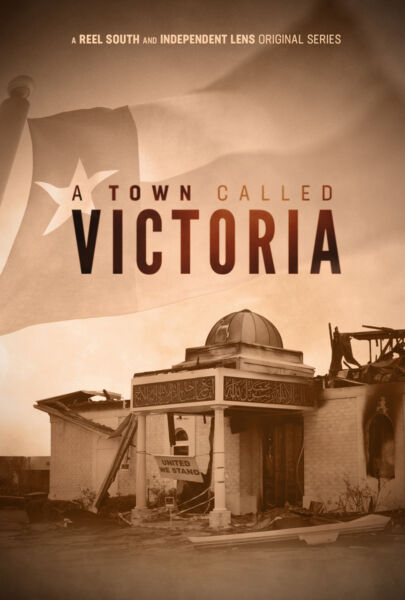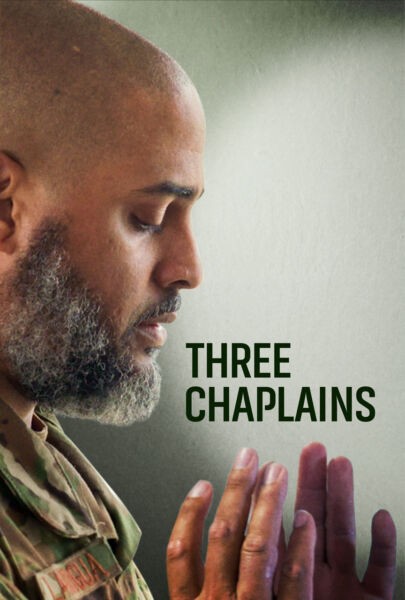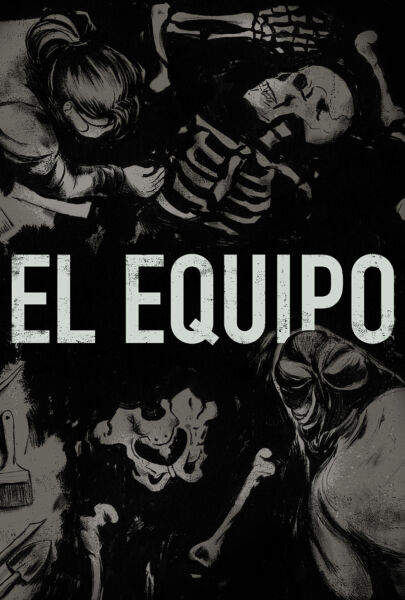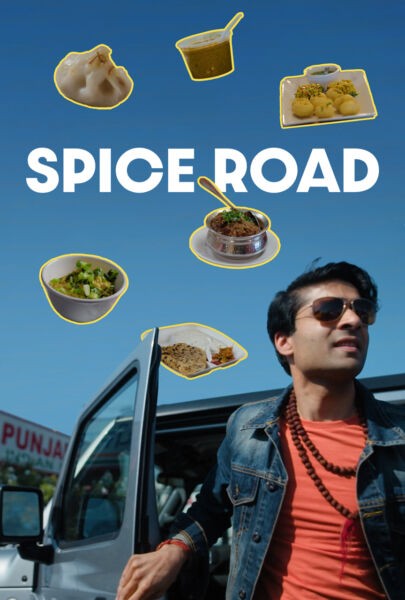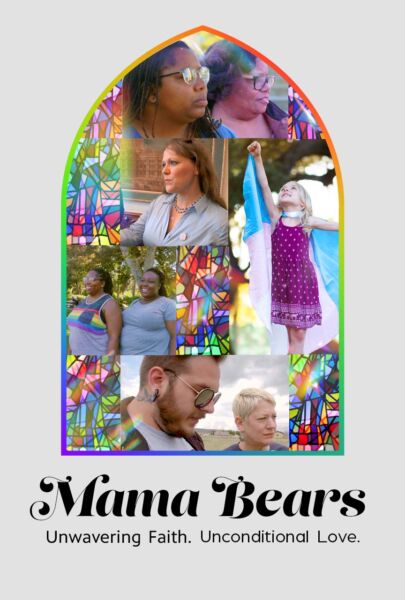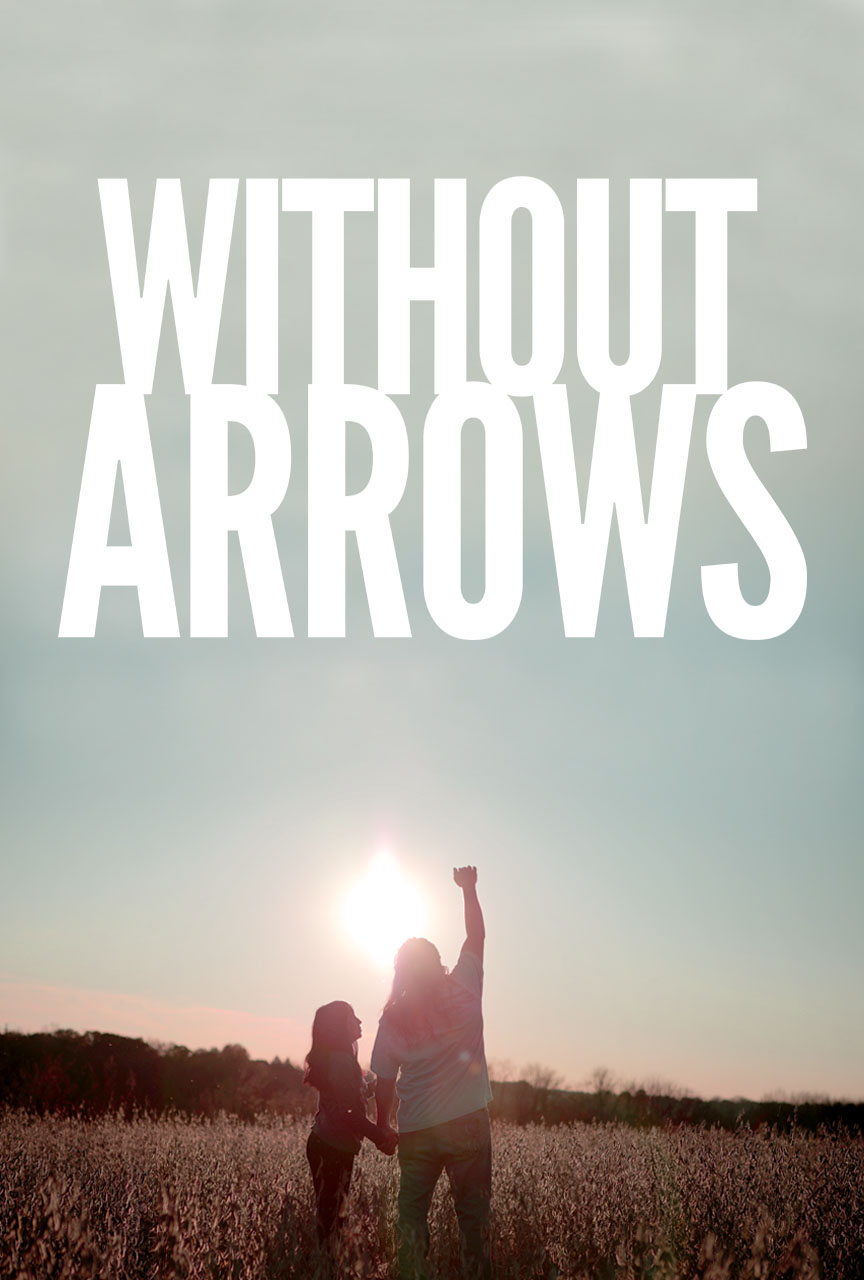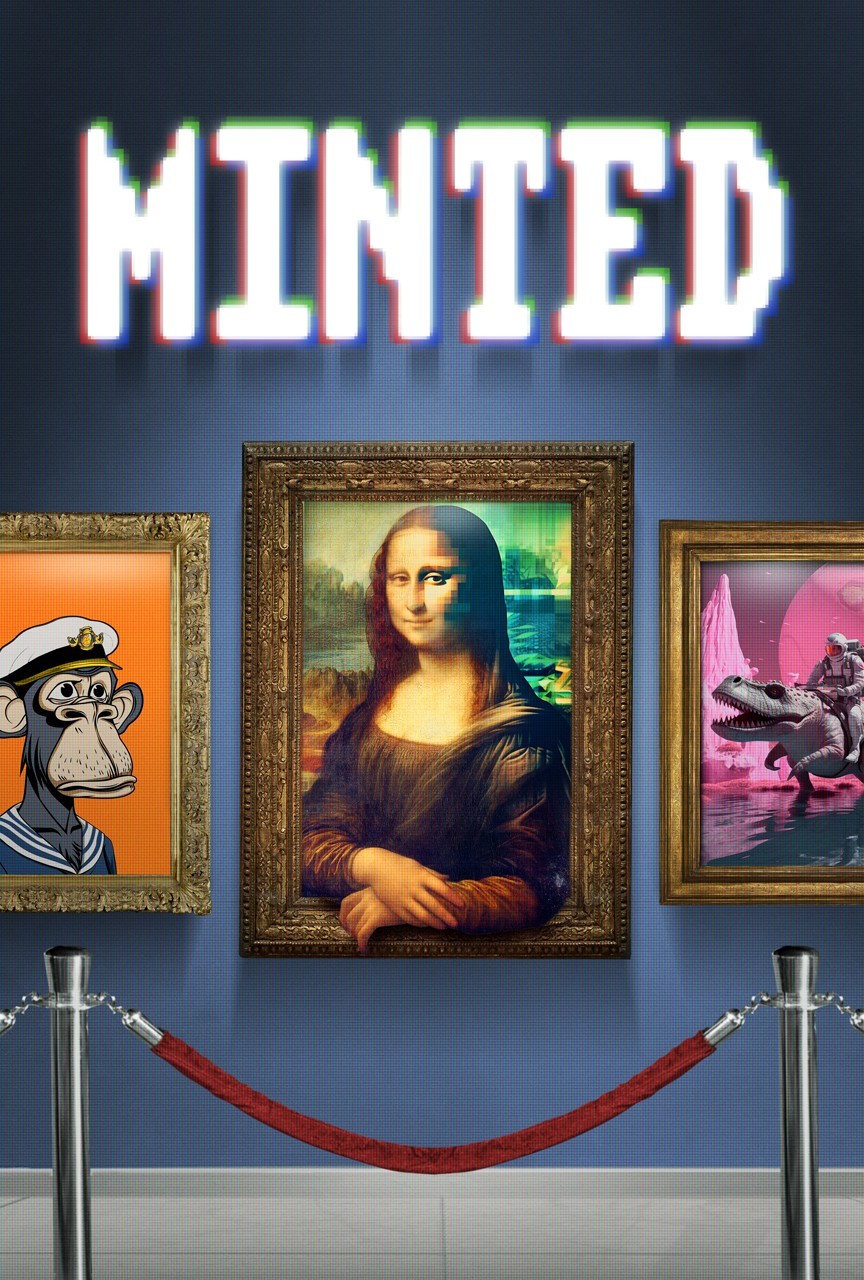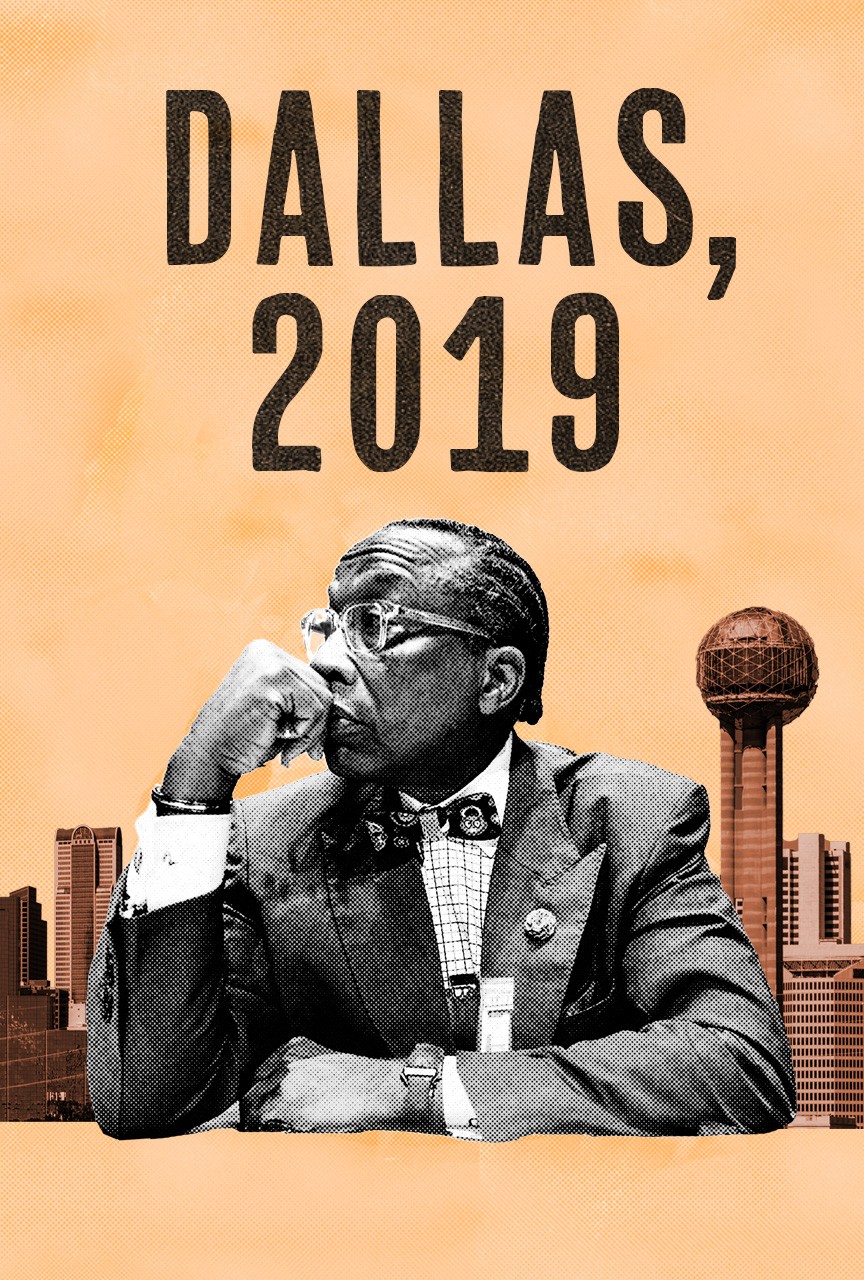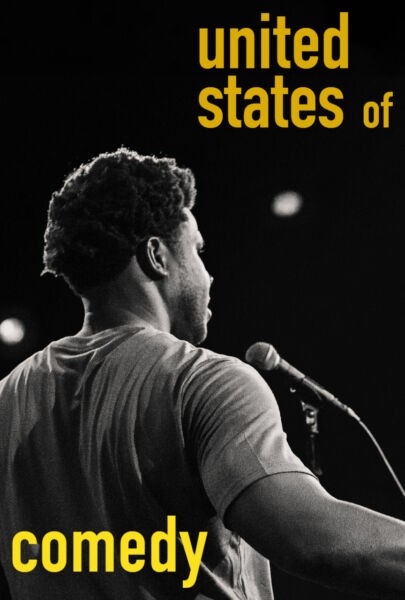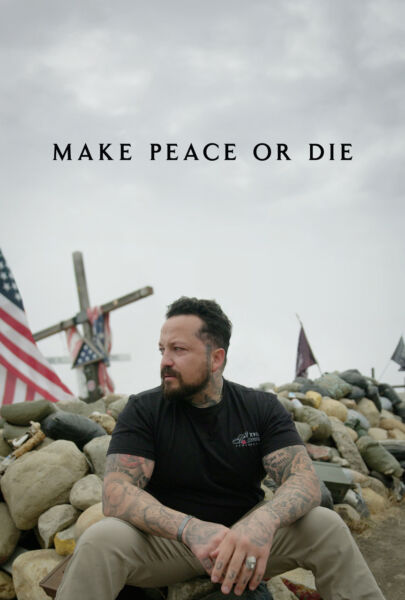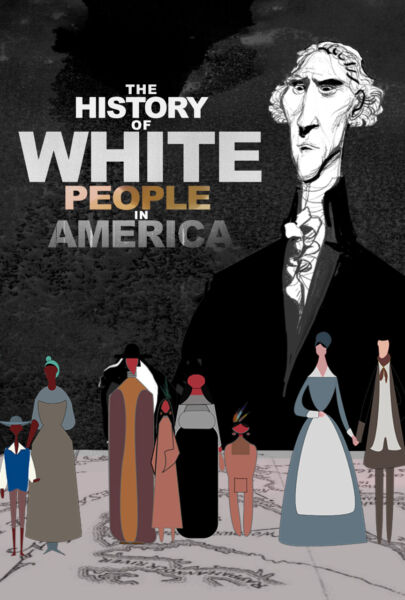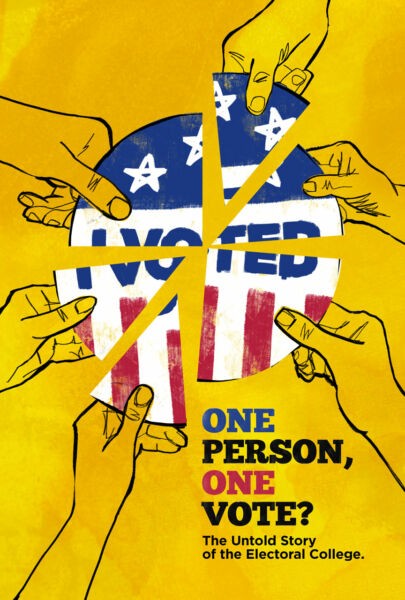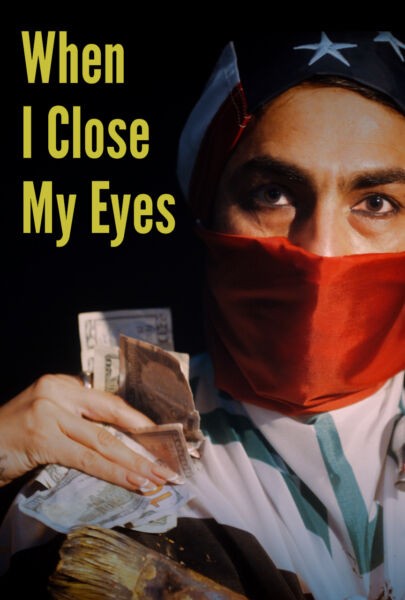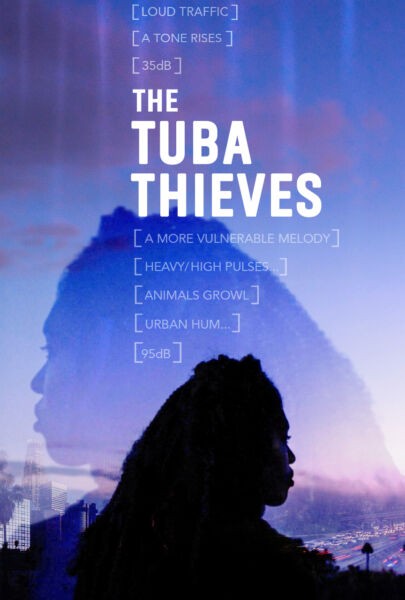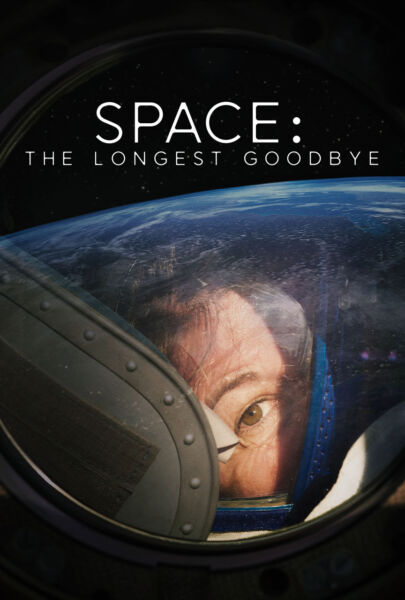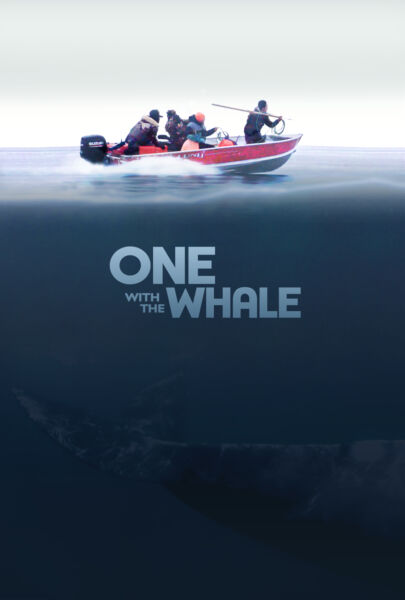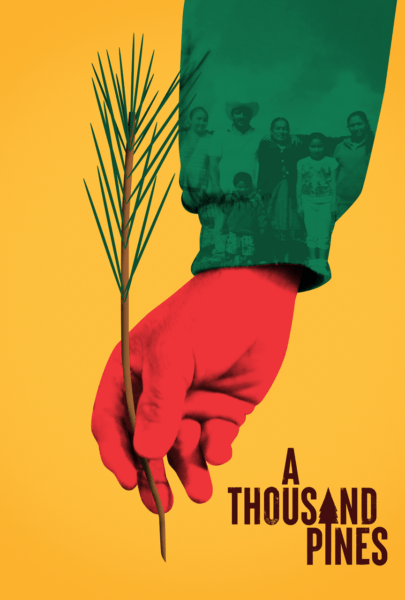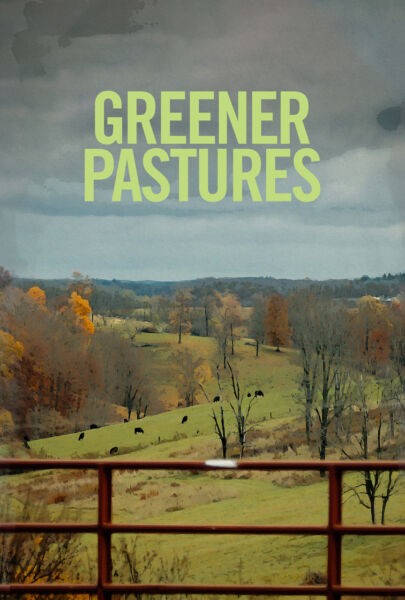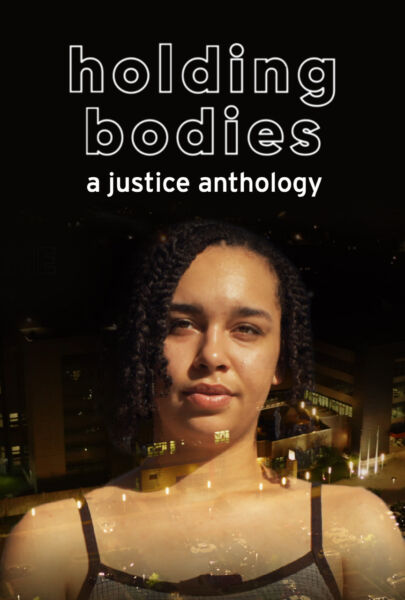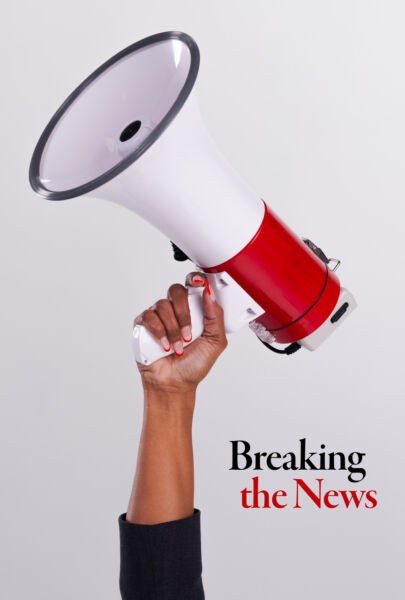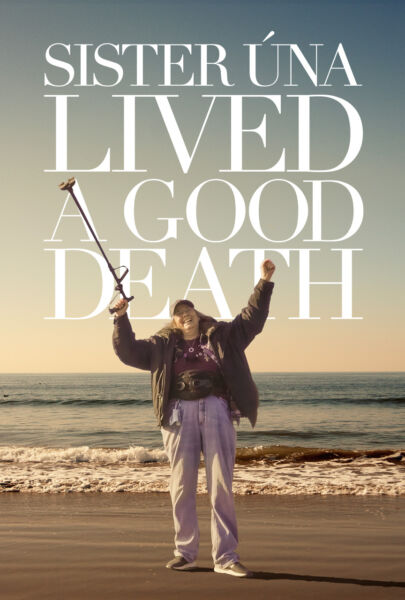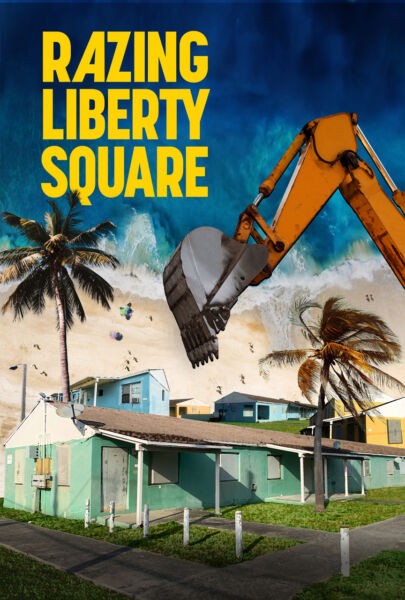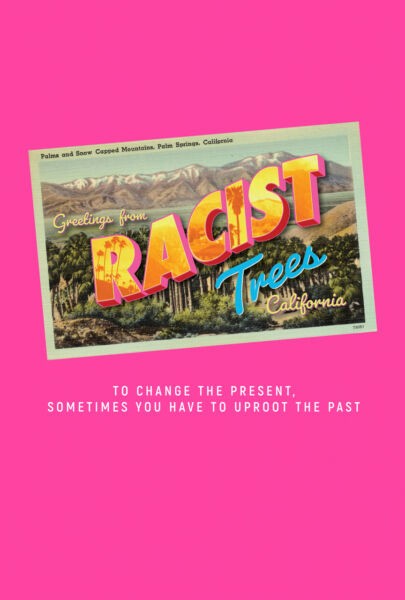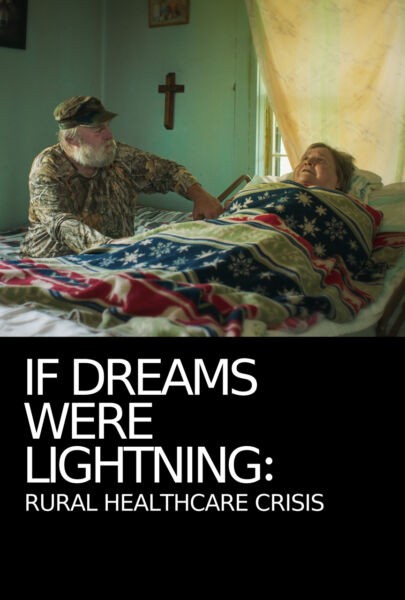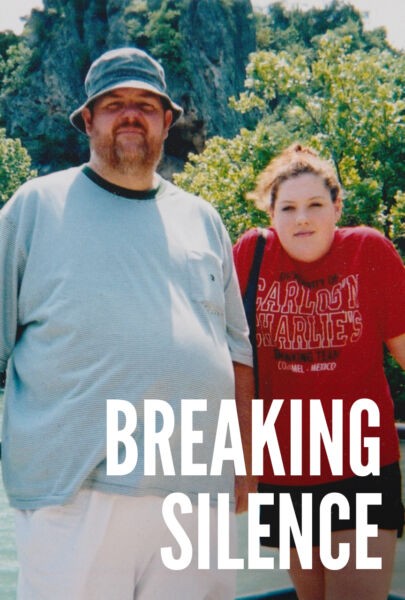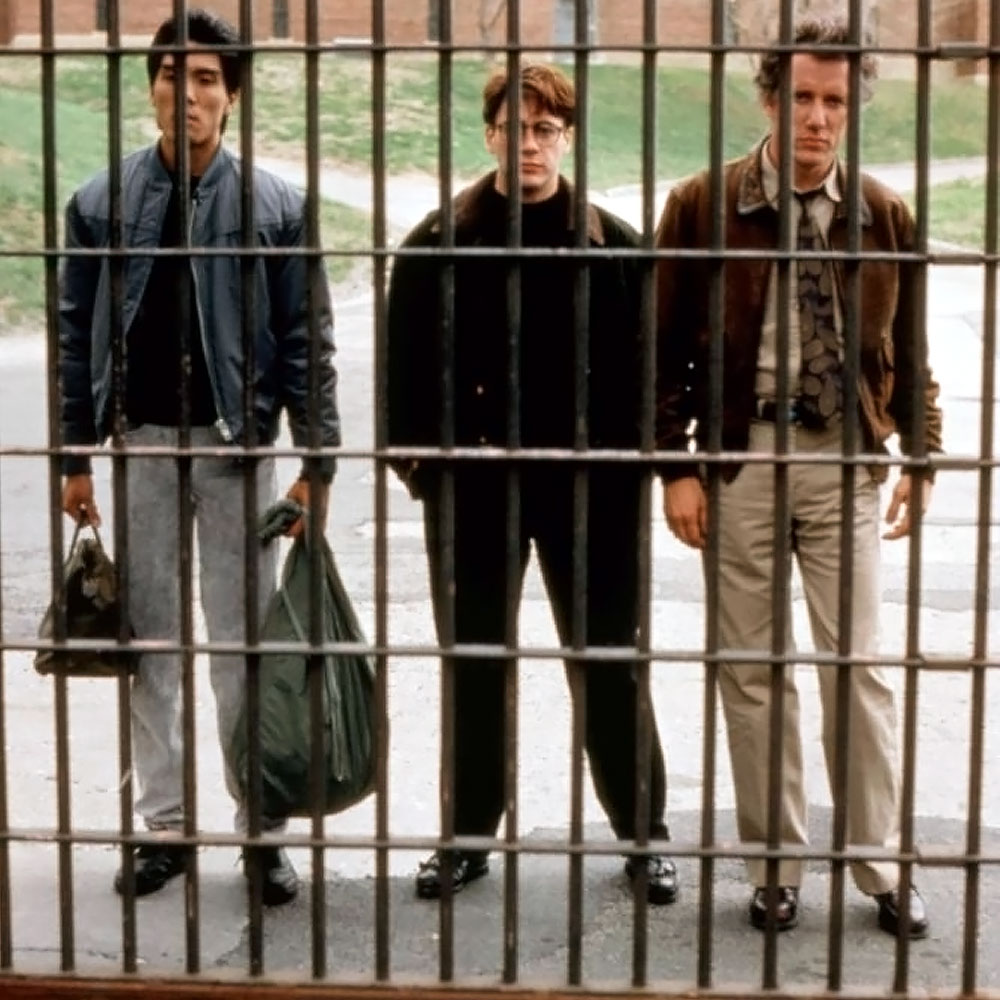
An Essay by Dana Verde
[Sources and further reading listed at the end]
They say hindsight is 20/20 and, historically, stories about real BIPOC characters in both mainstream film and television have had an obstructed, blurred, or blinded view—depending on the topic. This hindsight is better known as “The White Gaze.” This refers to the assumption that the default observer, i.e. the film’s viewer, is coming from the perspective of someone who identifies as white, or that people of color sometimes feel the need to take into account the white observer’s reaction.
“One of the oldest literary devices in fiction involves using a central character as a proxy for the audience,” wrote David Dennis, acclaimed writer on race and culture, for Uproxx. “Unfortunately, the newcomer-as-audience trope rears its head far too often in movies about Black culture, and Hollywood loves making that newcomer a white person. So what happens is the Black culture is seen through a white gaze, silencing the Black perspective.”
This “gaze” can be seen in characters portrayed by Hattie McDaniel in Gone with the Wind and Viola Davis in The Help. Both films depicted women of color as stereotypes: subservient domestic help with no agency, a typical view in cinema of BIPOC women who are of a lower economic and social status. [Davis later expressed regret for making The Help: “At the end of the day that it wasn’t the voices of the maids that were heard.”]
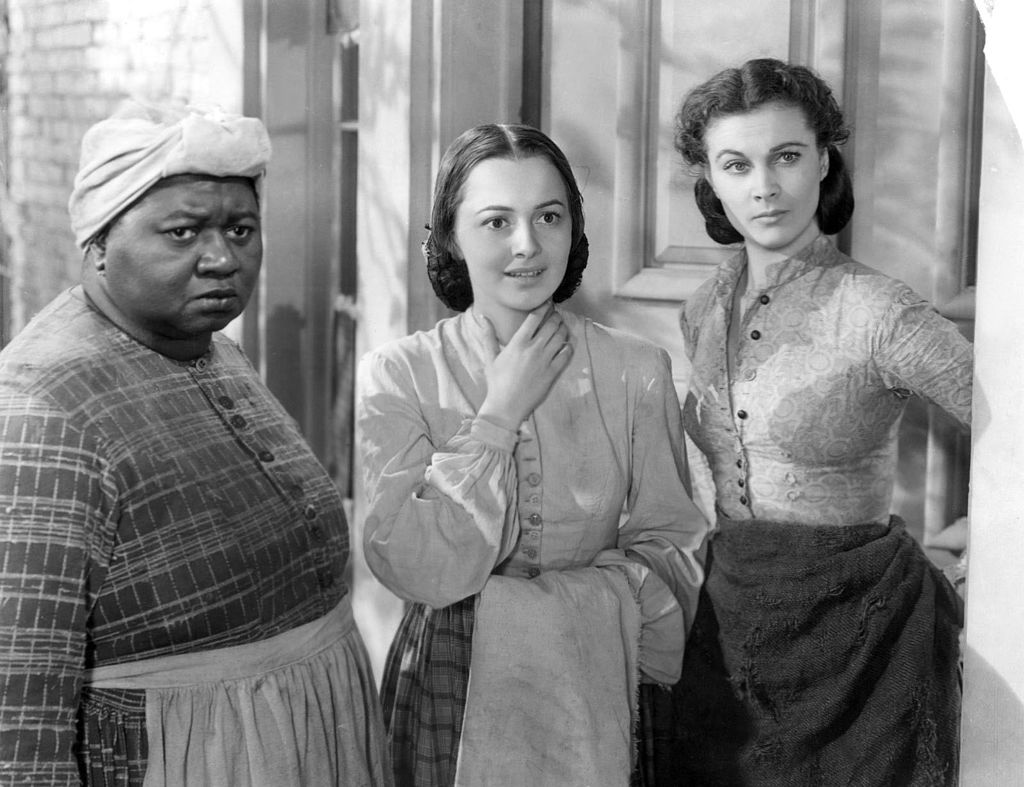
Publicity photo for Gone with the Wind featuring Hattie McDaniel, Olivia de Havilland, and Vivien Leigh
Though there have been incredible strides toward diversity over the past decade, this short-sightedness persists in many mainstream Hollywood films. To understand the lens through which this gaze creates false identities, let’s start with the obstructed view in a trope known in critical circles as “The White Savior.”
“The White Savior”
A 2016 Oscar nominee for Best Picture, Hidden Figures (written by Allision Schroeder and directed by Theodore Melfi) is a classic example of a white savior movie. This film is about three Black women who were exceptional mathematicians at NASA during the space race. In the film, Al Harrison (Kevin Costner) saves the leading lady, Katherine Goble Johnson (Taraji P. Henson), from running a mile across the Langley campus to use the Colored Only restroom. He was the one who saved her from the public humiliation of either relieving herself in a cup, or sprinting to another building because she couldn’t use the whites-only restroom in the facility she worked at. When I saw this on screen, it didn’t ring true that she wouldn’t stand up for herself. This character had the confidence to get an advanced degree in mathematics but didn’t have the gall to demand equality in the workplace.
From Harriet Tubman to Stacey Y. Abrams, Black women have an extensive history of being activists and catalysts for social change. In reality, Katherine didn’t passively wait to be saved.
*In real life, Johnson did refuse to use the Colored bathrooms, noted Dexter Thomas for Vice:
“’I just went on in the white one,’ she said. She asked the film’s director, Theodore Melfi, why he had chosen to include a scene that never happened, and whether he thought portraying Johnson as being saved by a benevolent white character diminished what she did in real life.”
“[The director] said he didn’t see a problem with adding a white hero into the story. ‘There needs to be white people who do the right thing, there needs to be Black people who do the right thing,’ Melfi said. ‘And someone does the right thing. And so who cares who does the right thing, as long as the right thing is achieved?’”
Hidden Figures didn’t allow its leading BIPOC character to use her voice. She wasn’t a representation of empowerment, but rather, a victim of a gaze that made her dependent on the benevolence of the white savior in the film.
When writers and directors fall into this trap of adding a “white savior” to a BIPOC story to make it pleasing to non-people of color, they can diminish the point the story is making.
In The Green Book, winner of three Oscars including Best Picture, a white man drives a Black man through the South. The film misuses its title by naming it after the real-life “Green Book,” since the book only has a cameo, and the story has little to do with how it was actually created or why it was created: To help Black motorists avoid “sundown towns”—towns openly and actively violent towards people of color.
“The potential dangers they face are never addressed in the film,” wrote Monique Judge for The Root. “Instead, Ali’s Shirley sits comfortably in the backseat, taking in the countryside and even sleeping innocently and comfortably as his white bodyguard—played by the immensely talented Viggo Mortensen—drives him through towns where Black bodies likely swung from trees and where at times the only light probably came from burning crosses and white hoods. We don’t experience any of that, and the significance and importance of the actual Green Book is lost as a result.”
Examples of some other films that have the obstructed view of the white savior:
- The Help: This film (based on a novel by a white Southerner) is actually about and from the white employer’s perspective of what her Black maid and other Black maids in her town go through. She becomes their voice, their savior.
- Dangerous Minds: Shows a white teacher saving inner-city students of color. Instead of focusing on empowering themselves or the systems created to place them in their situation, it focused more on the teacher’s “goodness.” (There are too many other examples of the white coach/teacher savior stories to name here, though Half Nelson somewhat subverted the trope with a deeply flawed teacher character.)
- Mississippi Burning: Depicts white CIA agents saving terrorized Black people from the Klan in the 1960s South that dilutes the victims’ perspectives.
- Crash: A racist cop saves a Black woman in a car crash shortly after he sexually assaulted her.
- The Blind Side: In this hit film, a white woman (Sandra Bullock) saves the day when she rescues a poor Black teenager (based on the real-life Michael Oher, a future NFL player) and makes him play college football at her alma mater; he doesn’t seem to have much control over his own narrative, even though in the real story it was much more complicated.
“What is most troubling about this film, to Oher himself’s disgust, is its revision of the truth, which belittles Oher’s competency and allows Tuohy to steal the show,” wrote Allie Coyne in The Daily Californian. “Rather than center the story around Oher’s resilience, the number of Black families that fostered him as he navigated through high school or his self-motivation to enhance his football abilities by organizing informal leagues, complete with playoffs games, in his neighborhood, The Blind Side focuses the plot elsewhere altogether. The film completely invents Tuohy and Oher’s beginning and depicts Oher as Tuohy’s project—Michael, or ‘Big Mike,’ is portrayed as a helpless, almost illiterate subject with little to say.”
Whitewashing
Another harmful subset of the white gaze is a blurred perspective, also known as “whitewashing.” Continuing with the theme of Hollywood depictions of BIPOC mathematical geniuses, let’s turn to the 2008 movie 21 (written by Peter Steinfeld and directed by Robert Luketic). The film was about six MIT students who became blackjack experts and won millions at the casinos.
As in Hidden Figures, the main characters in 21 were based on real people too, most centrally an Asian American man named Jeff Ma, and, as critic Nick Rogers of The Enterprise wrote, while “the real-life students mostly were Asian Americans, 21 whitewashes its cast and disappointingly lumps its only Asian American actors (Aaron Yoo and Liza Lapira) into one-note designations as the team’s kleptomaniac and a slot-playing ‘loser.'”
This form of selective segregation only allows for BIPOC characters to be portrayed accurately if they are stereotypes. Jeff Ma was clever enough to bet against the house and win, but the film wasn’t clever enough to cast someone who looked like him to portray him.
Other examples of films that whitewashed BIPOC characters include:
- Aloha: Emma Stone played a part-Hawaiian-Asian American to such distracting and controversial effect that director Cameron Crowe—and Stone, too—later apologized for the awkward miscasting.
- Ghost in the Shell: In this live-action adaptation of the hugely popular Japanese anime series, Scarlet Johansson played the cyborg heroine Motoko Kusanagi, yes, an Asian character, spawning an outcry among fans, leading to a petition, sarcastic memes, and ideas for how it should’ve been cast.
- In A Mighty Heart, Angelina Jolie played an Afro-Cuban woman (the real-life Maxine Pearl).
- In the Oscar-winning Argo, Ben Affleck played the real-life Tony Mendez, a Latino man.
- In 30 Days of Night, an adaptation of the comic book, Josh Hartnett played a character that was Native Alaskan in the original.
- The Human Stain: In this adaptation of Philip Roth’s novel, Anthony Hopkins played a light-skinned Black college professor who hides his Blackness, instead of casting an actual light-skinned Black actor.
- Prince of Persia: An adaptation of the video game in which Jake Gyllenhall played a Persian man. Blogger Jehanzeb Dar told the Associated Press that Gyllenhaal’s casting is “not only insulting to Persians, it’s also insulting to white people. It’s saying white people can’t enjoy movies unless the protagonist is white.”
- Exodus: Gods and Kings had a mostly white cast playing Egyptians. Director Ridley Scott didn’t seem to consider it even possible to cast Egyptian or African actors, telling Variety, “I can’t mount a film of this budget, where I have to rely on tax rebates in Spain, and say that my lead actor is Mohammad so-and-so from such-and-such. I’m just not going to get it financed. So the question doesn’t even come up.”
White Gaze Blindness
Last but not least, the third view of the white gaze that has a habit of ruining a BIPOC story is essentially “white gaze blindness.” This myopia occurs when a BIPOC narrative is refocused to center around the non-person-of-color character(s) while reducing the BIPOC character to a plot point.
A perfect example of this is the 1989 film True Believer (written by Wesley Strick and directed by Joseph Rueben). It starred Robert Downey Jr. and James Woods, two extraordinary actors, but the focus of the film was on the lawyers they played and not the subject of the story—the wrongful conviction of Korean American Chol Soo Lee, who was eventually acquitted and released from being on death row in San Quentin (the subject of the documentary Free Chol Soo Lee).
This film gave us two white saviors, focusing more on those lawyers than the character based on Lee or his network of activists. Ranko Yamada, one of Chol Soo Lee’s earliest supporters and an organizer of his defense committee, said the film was “so sanitized.” Thankfully documentary filmmakers Julie Ha and Eugene Yi created a film that places the lens where it should be—on Chol Soo Lee, his struggle for freedom, and what it meant to a community that rallied around him.
Some other prominent examples of white gaze blindness in film:
- Freedom Writers: About the white teacher, while it could’ve been more about the students at an inner-city Los Angeles school.
- The Last Samurai focused more on Tom Cruise and less so the actual Samurais. This version of “the ‘going native’ story draws on some of the great conceits of America,” wrote Emory University’s Mark Ravina. “Noble savages, the natural beauty of the American frontier as benevolent and healing, and a grand journey of individual salvation. [Critic Ty] Burr touched on this when he described the film as ‘the latest in that oddly neurotic genre in which an American hero validates himself by becoming an alien culture’s great white hope.'”
- Amistad, set in 1839, aimed its gaze more on the white lawyers and not the captured Mende African people trying to get their freedom, in a real-life story of a slave rebellion.
- Gran Torino was centered around the elderly white racist played by Clint Eastwood, who ultimately rises above his racism to protect an Asian family, instead of being centered around the Asian immigrants in his neighborhood.
The good news is that it feels as if the white gaze is fading, even if the bad news is that this gaze is still visible. As we move forward into a more diverse storytelling landscape, I hope the powers that be finally recognize their biases towards BIPOC stories, and open their eyes to see the depths these stories have.
There is a reason why both Wakanda Forever and Everything Everywhere All at Once enthralled millions around the world. It’s because they obliterated the gaze and gave us authenticity. They showed us that BIPOC narratives can transcend all of the imaginary borders and boxes previously assigned to them by the white gaze. When it comes to our stories, we people of color don’t want to be gazed at, we want to be seen.
A graduate of the London Film School, Dana Verde began her career co-hosting a TV show on MTV called Your Movie Show as a film reviewer, while earning her undergraduate degree at The New School University in Media Studies/Screenwriting. She’s an award-winning filmmaker, who has written and directed eight short films that have screened in over 30 film festivals internationally, and is an adjunct professor in screenwriting at The University of the Arts in Philadelphia.
Further Reading
“Green Book Has Great Acting, a Misleading Title and Palatable Racism for White People” [The Root]
Green Book Fact Check: PolitiFact
“‘Black Panther’ Turns Hollywood’s White Gaze On Its Head” [Uproxx]
‘Prince Of Persia’ & ‘Airbender’ Attacked For Perceived Whitewashing [Huffington Post]
“Blind to the other side: Flaws of our favorite sports movies” [Daily Californian]
“‘Exodus: Gods and Kings’ Director Ridley Scott on Creating His Vision of Moses” [Variety]
“Oscar-nominated ‘Hidden Figures’ was whitewashed — but it didn’t have to be” [VICE]
“Worse than a whitewash: has Ghost in the Shell been Hollywoodised?” [Guardian]
The Last Samurai: The Life and Battles of Saigo Takamori, by Mark Ravina


